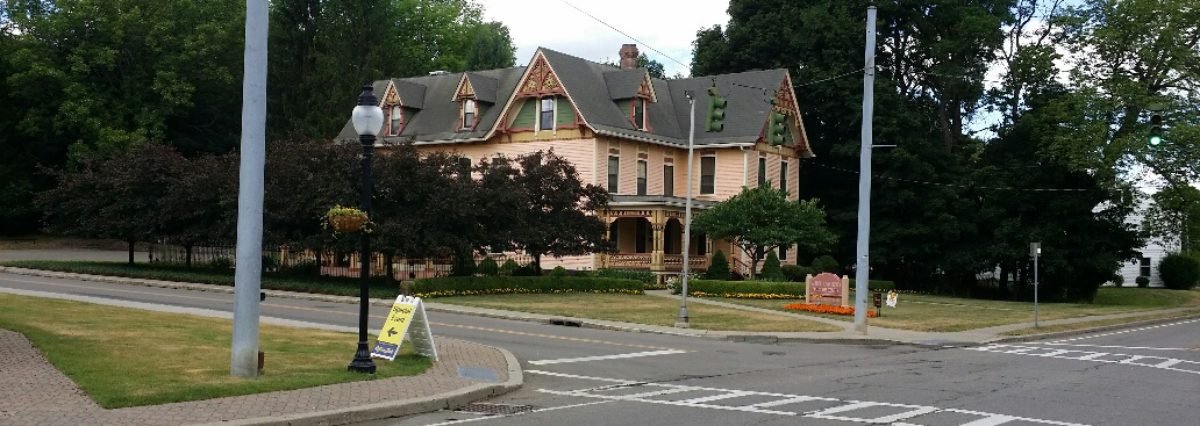Those wishing to use commercial drones have been waiting for many months for the FAA to issue regulations for their. According to www.dronelawjournal.com the rules are supposed to be officially issued June 21, 2016; however, a leaked copy of a summary of the new Part 107 drone rules has been made available and published on various websites (FAA’s summary).
The significant changes from the notice of proposed rulemaking that was issued in February 2015 are:
- The minimum age for a Remote Pilot in Command is now 16-years-old;
- The maximum altitude has been changed to 400 feet AGL;
- There is a read, speak, write and understand English requirement; and
- Current Part 61 manned aircraft certificate holders will only have to take and pass an online test.
The new Part 107 – according to the leaked summary – will eliminate many of the most cumbersome and expensive requirements currently imposed on commercial drone operators, including the requirement for a so-called 333 exemption, a manned aircraft pilot’s license, a visual observer, the requirement to hold a certificate of authorization and the requirement to issue a notice to airmen before each flight.



